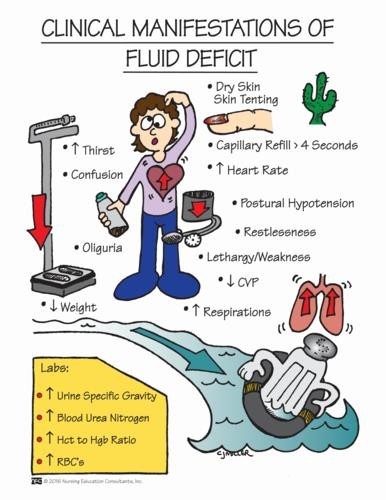A nurse is assisting with the admission of a client who has brought their medications to the facility.
Which of the following actions should the nurse take?
Allow the client to continue taking the medications as they did at home.
Take the medications from the client and discard them.
Compare the medications the provider has prescribed with the client's medications from home.
Place the medications in the medication cart and administer them as the client takes them at home.
The Correct Answer is C
A: Allowing the client to continue taking medications as they did at home without verifying the prescriptions can be unsafe and is not within the scope of nursing practice.
B: Taking the medications from the client and discarding them is inappropriate. The nurse should not dispose of the client's medications without proper assessment and verification.
C: Correct. The nurse should compare the medications the provider has prescribed with the medications the client brought from home to ensure accuracy and safety. This is a crucial step during admission to prevent errors or omissions in the medication regimen.
D: Placing the medications in the medication cart and administering them without verification is unsafe and against best practices for medication administration.
Nursing Test Bank
Naxlex Comprehensive Predictor Exams
Related Questions
Correct Answer is A
Explanation
A: Correct. Checking the pH of the gastric aspirate is the most reliable method to verify the correct placement of the NG tube. Gastric aspirate typically has an acidic pH (pH < 5), indicating that the tube is in the stomach.
B: Observing the color of the gastric aspirate after adding blue dye to the formula is not a standard or recommended method for verifying NG tube placement.
C: Auscultating over the epigastrium may help to identify the presence of air in the stomach, but it does not confirm that the NG tube is correctly placed in the stomach or the intestines.
D: Measuring the length of the inserted NG tube can help determine the distance from the nose to the stomach, but it does not ensure correct placement in the stomach.
Correct Answer is ["B","D","E"]
Explanation
A: A full bounding pulse is a sign of increased fluid volume or fluid overload, not fluid volume deficit.
B: Cool extremities can be an indication of decreased peripheral perfusion, which may occur in fluid volume deficit.
C: Moist crackles in the lungs are an indication of fluid volume excess or pulmonary congestion, not fluid volume deficit.
D: Orthostatic hypotension, which is a drop in blood pressure when changing from lying to standing, can be a sign of fluid volume deficit due to inadequate blood volume.
E: Flat neck veins are an indication of decreased venous return and can occur in fluid volume deficit.

Whether you are a student looking to ace your exams or a practicing nurse seeking to enhance your expertise , our nursing education contents will empower you with the confidence and competence to make a difference in the lives of patients and become a respected leader in the healthcare field.
Visit Naxlex, invest in your future and unlock endless possibilities with our unparalleled nursing education contents today
Report Wrong Answer on the Current Question
Do you disagree with the answer? If yes, what is your expected answer? Explain.
Kindly be descriptive with the issue you are facing.
